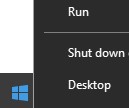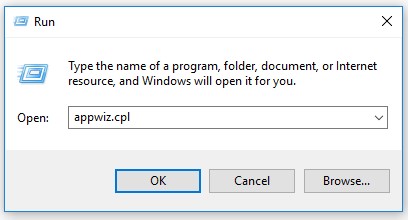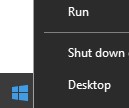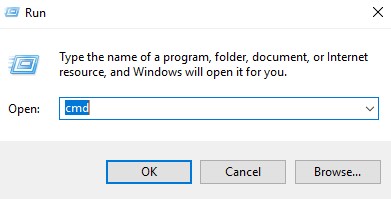How to Identify the Dell Trusted Device Version
Summary: Learn how to identify the version of Dell Trusted Device by following these step-by-step instructions.
This article applies to
This article does not apply to
This article is not tied to any specific product.
Not all product versions are identified in this article.
Instructions
Knowing the version of Dell Trusted Device allows an administrator to:
- Validate system requirements
- Identify known issues
- Understand process changes
Affected Products:
- Dell Trusted Device
Affected Versions:
- v1.0 and Later
Affected Platforms:
- Latitude
- OptiPlex
- Precision
- XPS
Affected Operating Systems:
- Windows
Versioning can be determined either through the product user interface (UI) or by command-line interface (CLI). Click the appropriate method for more information.
UI
- Right-click the Windows Start menu and then click Run.

- In the Run UI, type
appwiz.cpland then press OK.
- In Programs and Features, record the Version of Dell Trusted Device. In the example, 2.1.8 is the product version.

CLI
- Right-click the Windows Start menu and then click Run.

- In the Run UI, type
cmdand then press OK.
- Type
wmic path win32_product where (Caption like "%Trusted Device%") get versionand then press Enter.
- Record the Version. In the example, 2.1.8.0 is the product version.
 Note: The version of your client may differ from the above screenshot.
Note: The version of your client may differ from the above screenshot.
To contact support, reference Dell Data Security International Support Phone Numbers.
Go to TechDirect to generate a technical support request online.
For additional insights and resources, join the Dell Security Community Forum.
Affected Products
Dell Trusted DeviceArticle Properties
Article Number: 000131036
Article Type: How To
Last Modified: 15 Sep 2025
Version: 14
Find answers to your questions from other Dell users
Support Services
Check if your device is covered by Support Services.